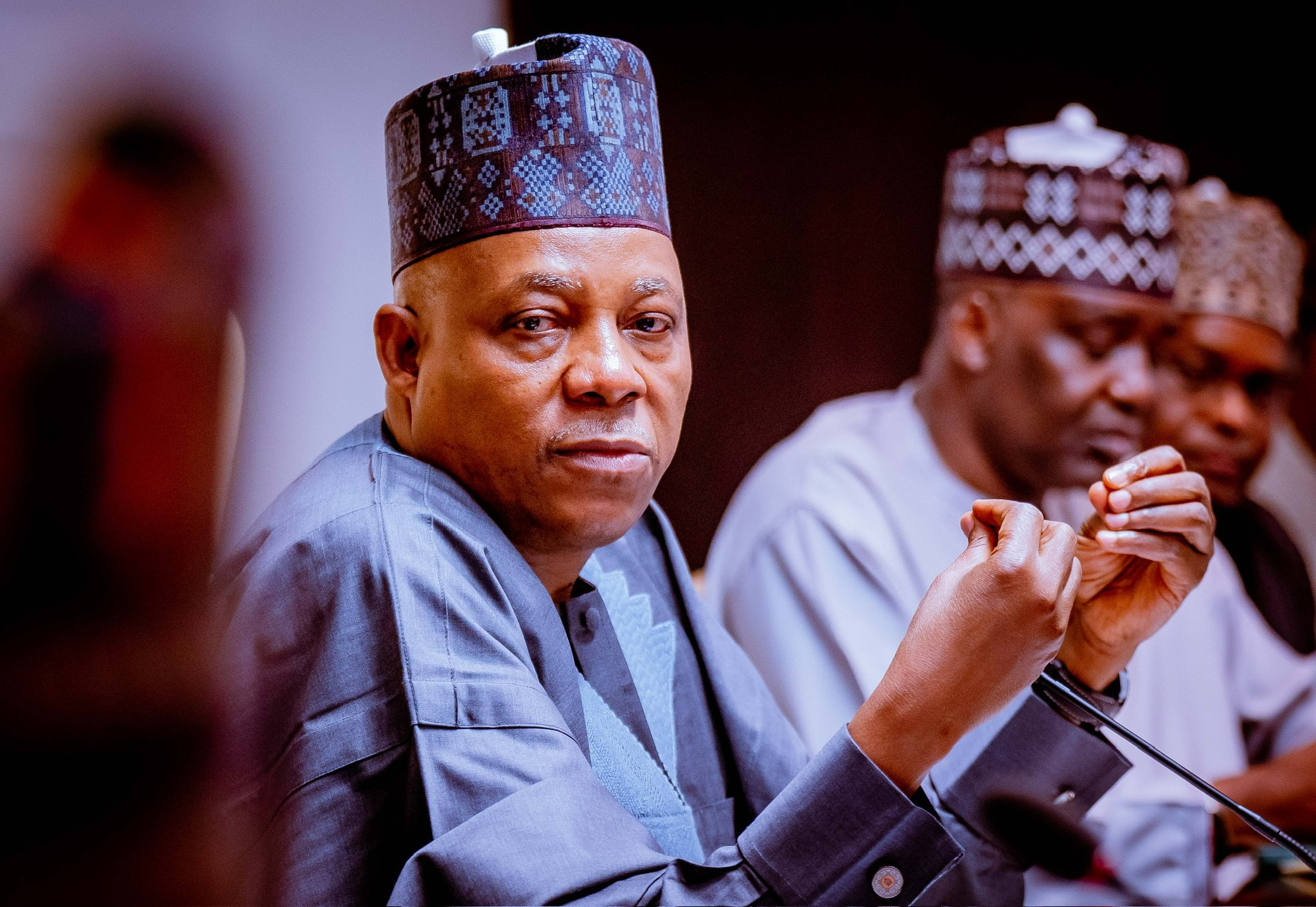The Federal Government has called for increased investment in disaster preparedness and resilience mechanisms to reduce the impact of disasters in the country.
The government made the call on Monday at the 2025 International Day for Disaster Risk Reduction in Abuja, themed “Fund resilience, not disaster.”
The event also featured the unveiling of the National Emergency Management Agency Strategic Plan (2025–2029) and the National Disaster Risk Reduction Strategy (2025–2030).
The NEMA Strategic Plan and NDRRS are anchored on risk-informed development, innovation in financing, and stronger institutional collaboration, ensuring that disaster risk management becomes an integral part of planning across all sectors.
Over the years, Nigeria has continued to experience recurring floods, erosion, drought, and other climate-related emergencies that have destroyed farmlands, displaced thousands, and strained public resources. This growing vulnerability underscores the need for proactive measures and sustainable financing mechanisms to strengthen preparedness and build national resilience.
Speaking at the event, Vice President Kashim Shettima noted that it is wiser, cheaper, and more humane to prepare for disasters before they strike than to rebuild after they destroy.
Shettima said, “Every naira we spend today on preparedness saves many more tomorrow on response and recovery. Every investment in resilience is, in truth, an investment in the lives and futures of our people.
“We do not have to look far to understand this message. In recent years, we have seen floods wash away farmlands, erosion swallow roads, and fires raze markets that took years to build. These tragedies happen not in distant lands but in our own communities—to people we know, to families just like ours. Each of these disasters reminds us that if we fail to invest in resilience, we will continue to spend our scarce resources cleaning up after crises instead of building lasting prosperity.
“His Excellency, President Bola Tinubu, emphasises this need to treat resilience as a national policy. We are integrating disaster risk reduction into every sector—from agriculture and infrastructure to education and health—while expanding early warning systems to ensure that communities receive timely alerts before floods, droughts, or disease outbreaks occur.”
He stated that the government is strengthening state and local emergency management agencies through training, technology, and coordination support.
“We are developing a National Disaster Risk Financing Framework to guarantee that funding for prevention and preparedness is available when and where it is needed. And we are deepening partnerships with development partners, the private sector, and research institutions to drive innovation and resilience building at all levels.
“Commitment alone is not enough. We must match our words with action and our policies with funding. To fund resilience is to invest in drainage systems, not relief camps; to build stronger schools and hospitals, not temporary shelters; to support farmers with climate-smart tools, not just food aid after floods; and to train and equip our first responders before the sirens start to wail. This is the shift we must make—from reacting to crises to anticipating and preventing them.
“Yet resilience cannot be guaranteed by government alone. It is built by all of us. It is reflected in how we plan our cities, in how businesses protect their workers, and in how communities share information and look out for one another. This is why our private sector must see itself as a partner in prevention, embedding risk reduction into corporate planning and investment decisions,” he stated.
The VP also urged academia and research institutions to provide data-driven research for informed decision-making, and civil society to raise awareness and hold institutions accountable.
In her opening address, the Director-General of the National Emergency Management Agency, Mrs Zubaida Umar, called for a decisive shift from reactive disaster response to proactive resilience funding.
Umar said Nigeria, like many nations, continues to experience increasing frequency and intensity of disasters driven by climate change, conflicts, pandemics, and technological risks.
“These events are testing the limits of traditional emergency response systems and demanding a more proactive, preventive, and well-financed disaster risk management framework.
“This is why today’s dialogue is critical—to collectively rethink how we fund resilience; to move from reactive, ad-hoc funding of disasters to a multi-stakeholder financing architecture that supports prevention, preparedness, and sustainable recovery,” she said.
She highlighted that the focus is beyond emergency management institutions.
“Resilience must be mainstreamed across sectors—from agriculture, water resources, energy, and infrastructure to finance, education, and health.
“In this regard, NEMA is already working with key stakeholders to develop a National Risk Monitoring and Information Platform that will serve as a cross-sectoral system for early warning, vulnerability mapping, and risk-informed investment decisions. Equally important is the dialogue around innovative financing, exploring instruments such as catastrophe bonds, insurance pools, climate funds, and blended finance models that can sustain risk reduction efforts at scale,” she said.
In his remarks, Governor Dauda Lawal of Zamfara State emphasized the need for sustainable funding mechanisms and highlighted the interconnection between peace, preparedness, and resilience.
“For stability in funding during this catastrophic disaster, disaster management is not in a cube or box. Mechanisms for funding must be available, and it is an economic necessity.
“Therefore, preparedness and resilience must be funded deliberately,” Lawal said.
punch.ng
FOLLOW US ON:






























